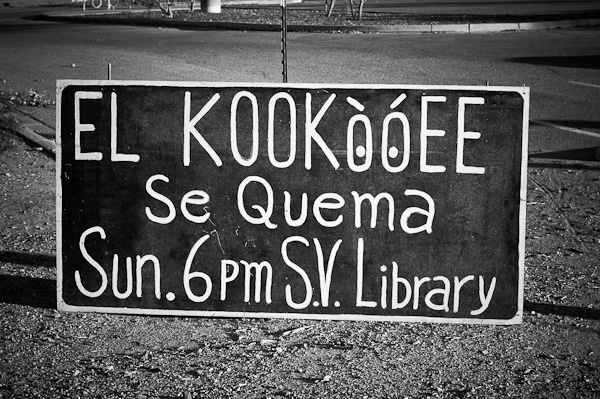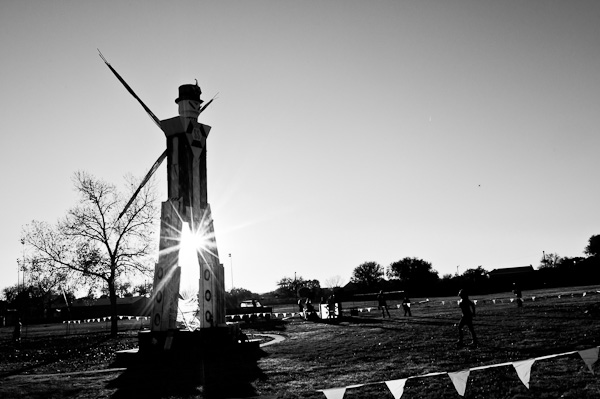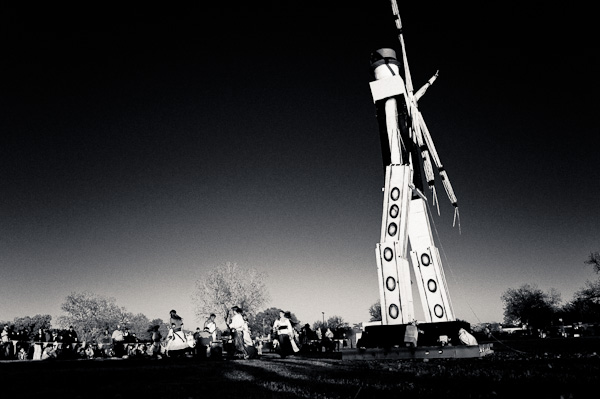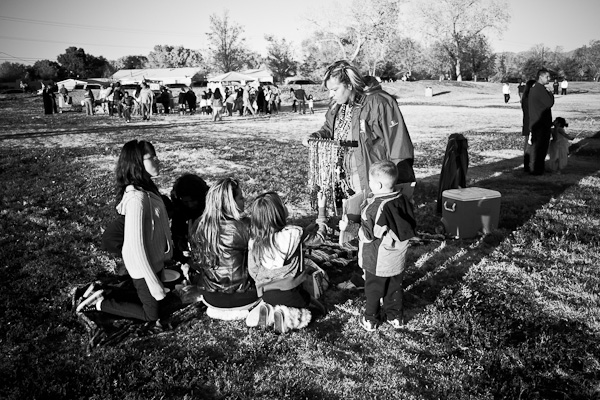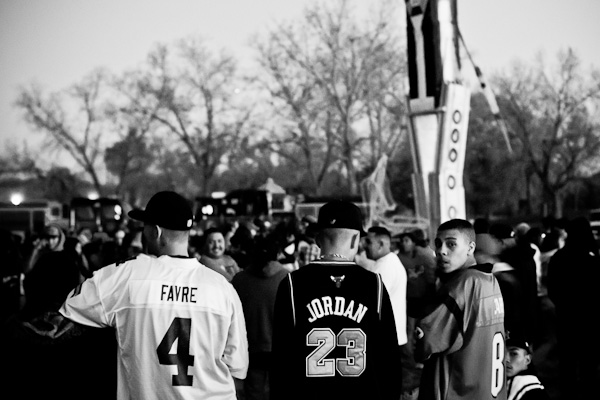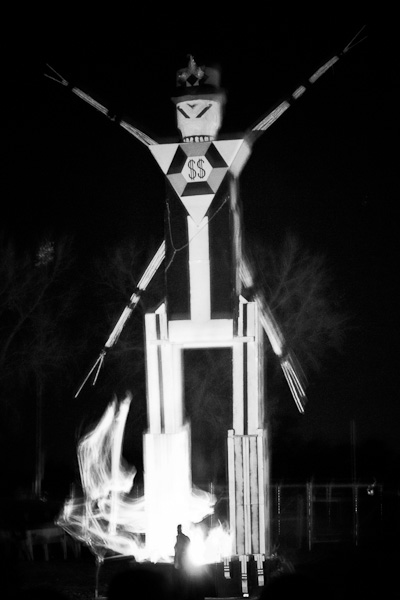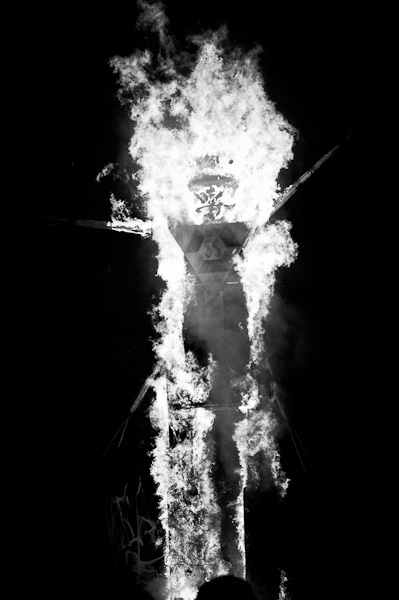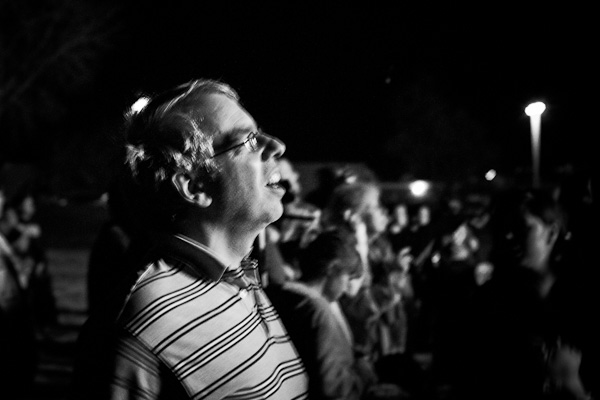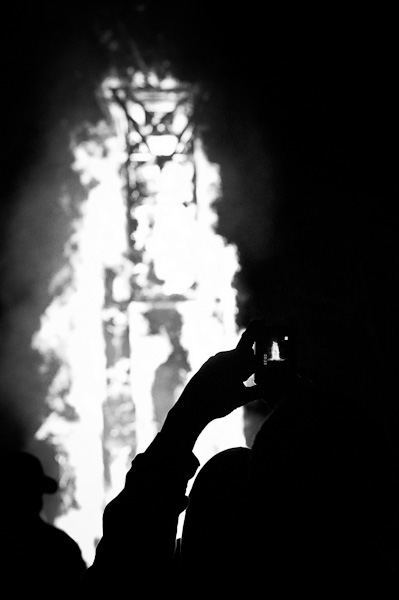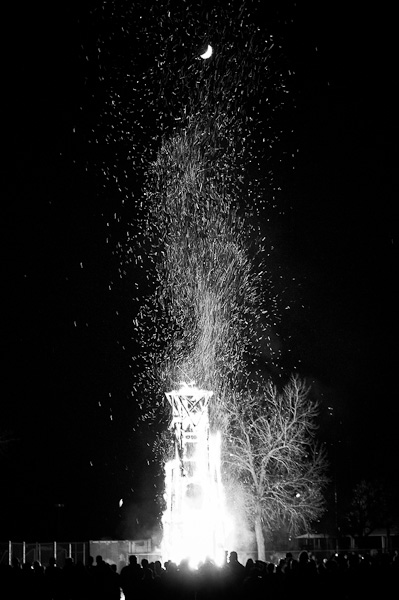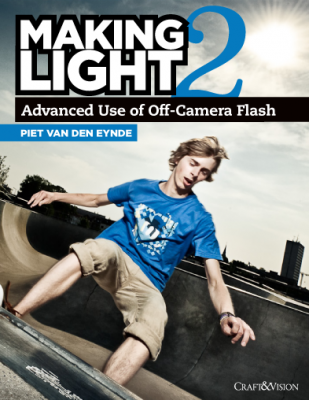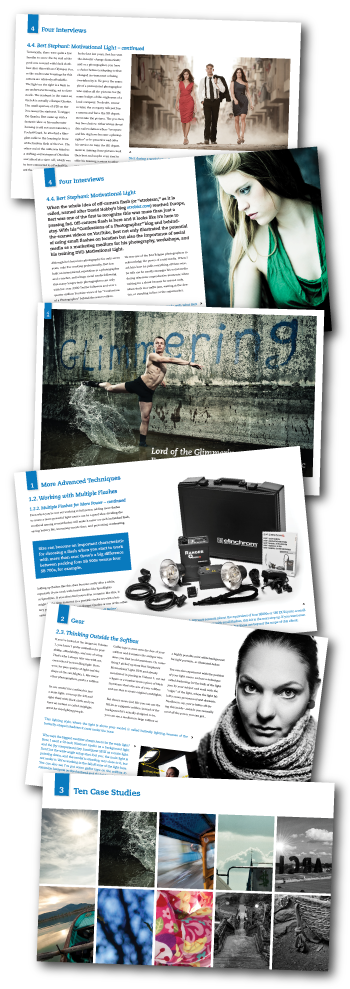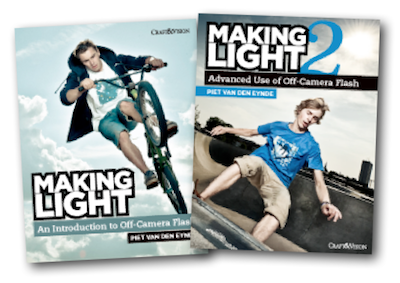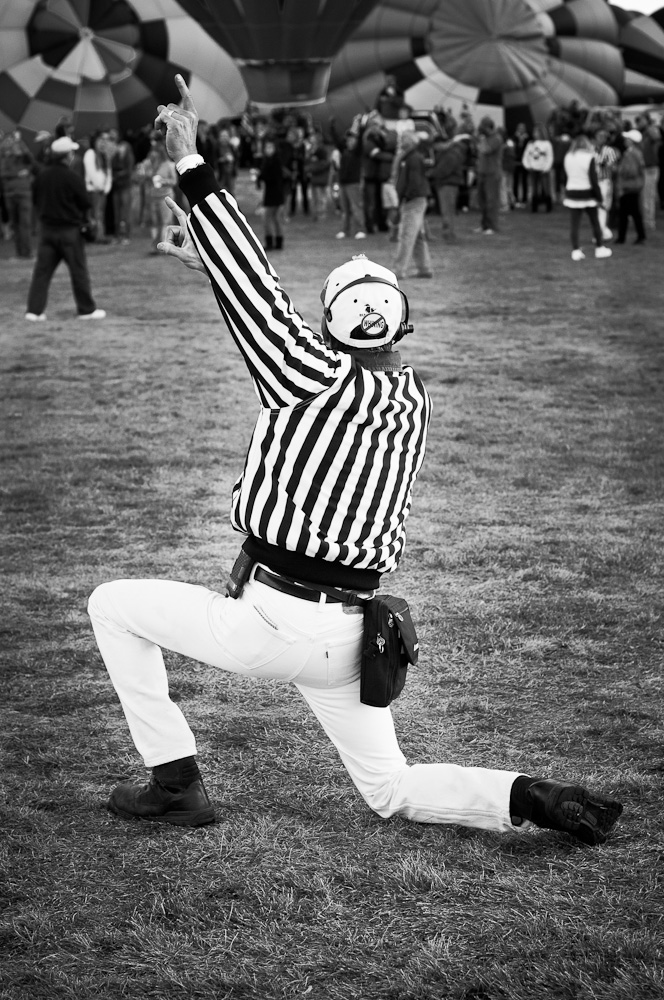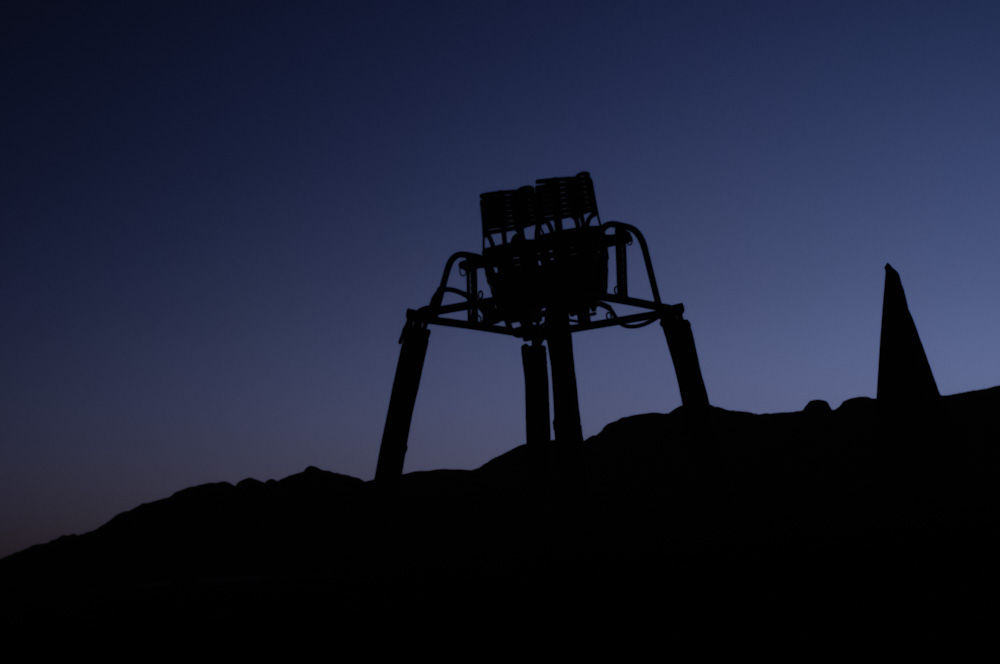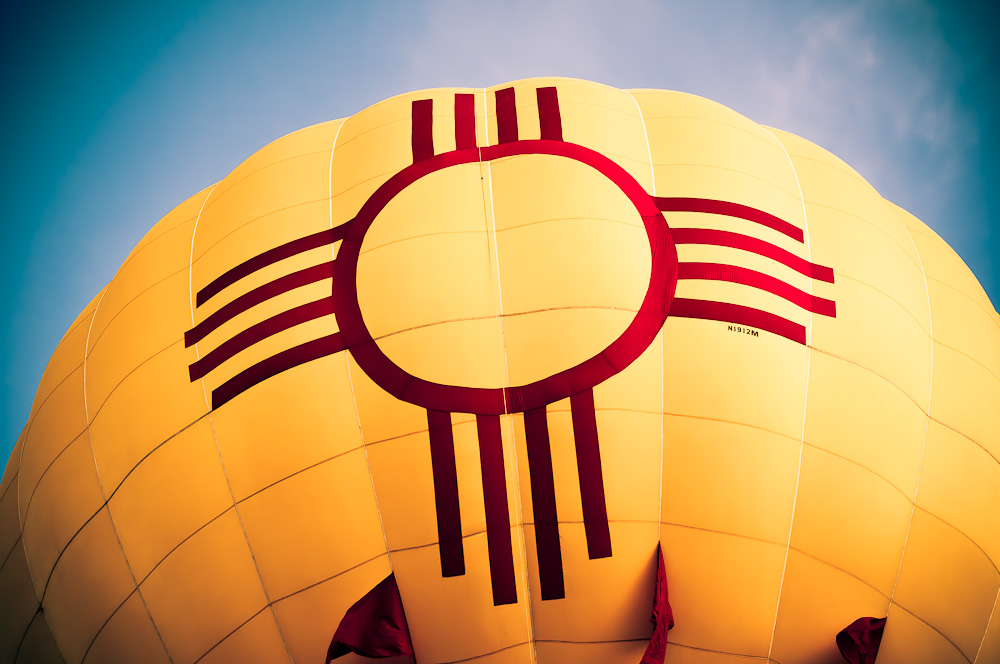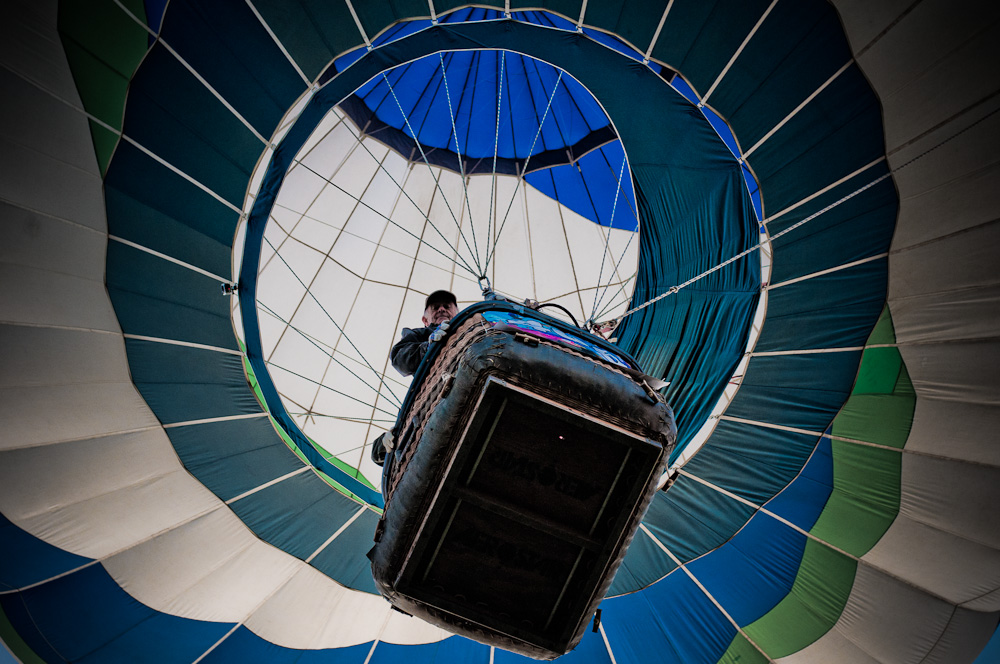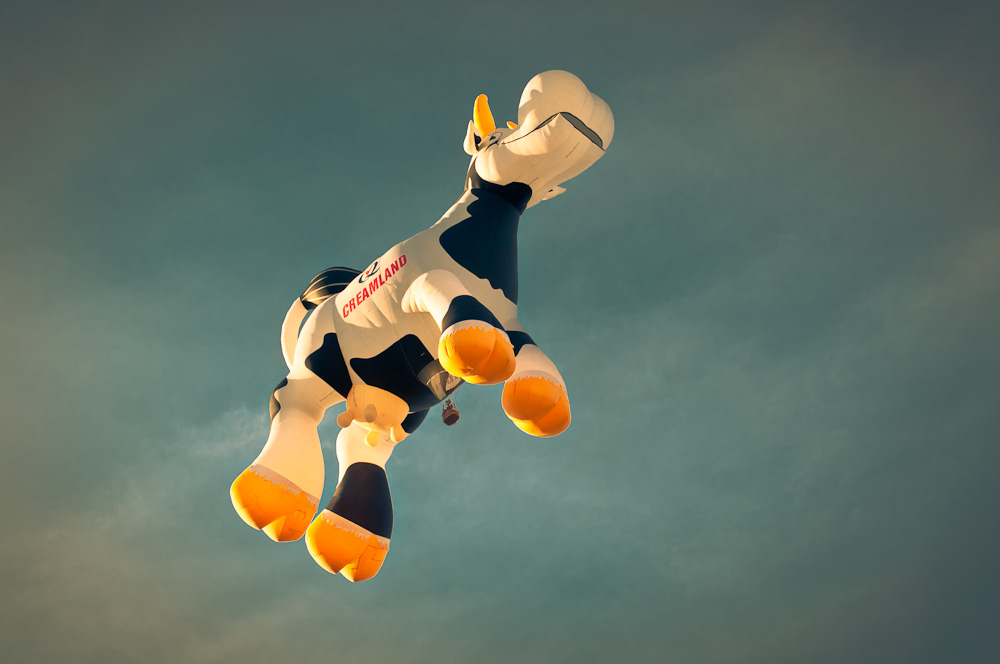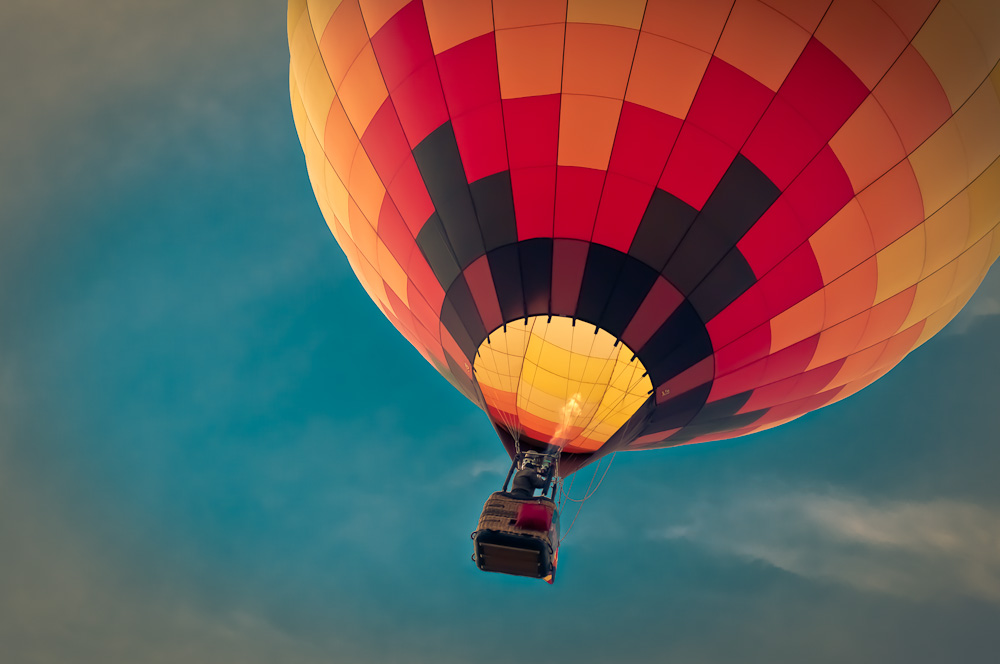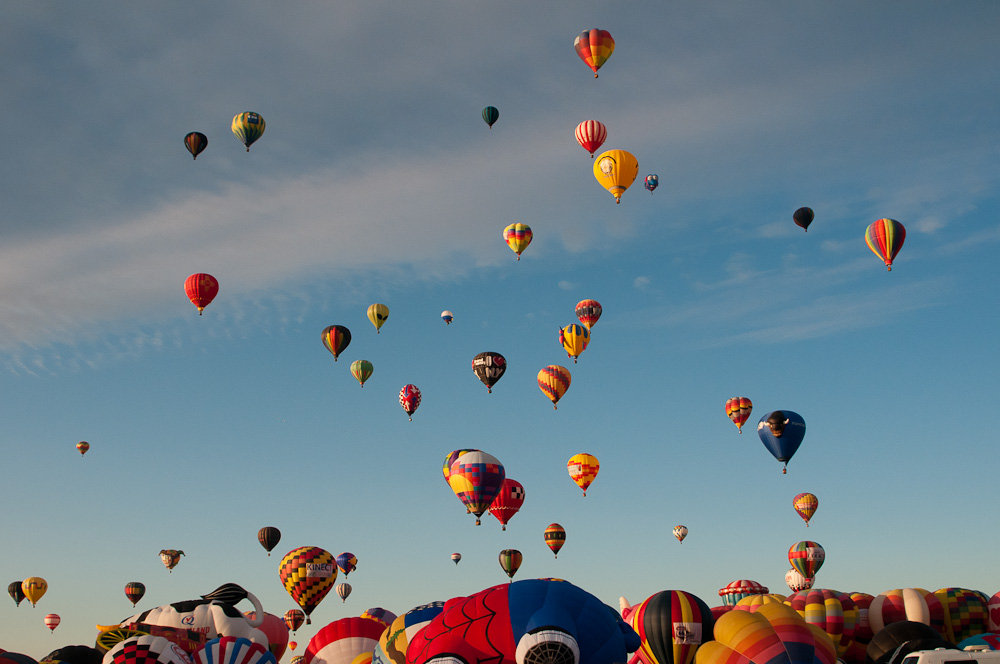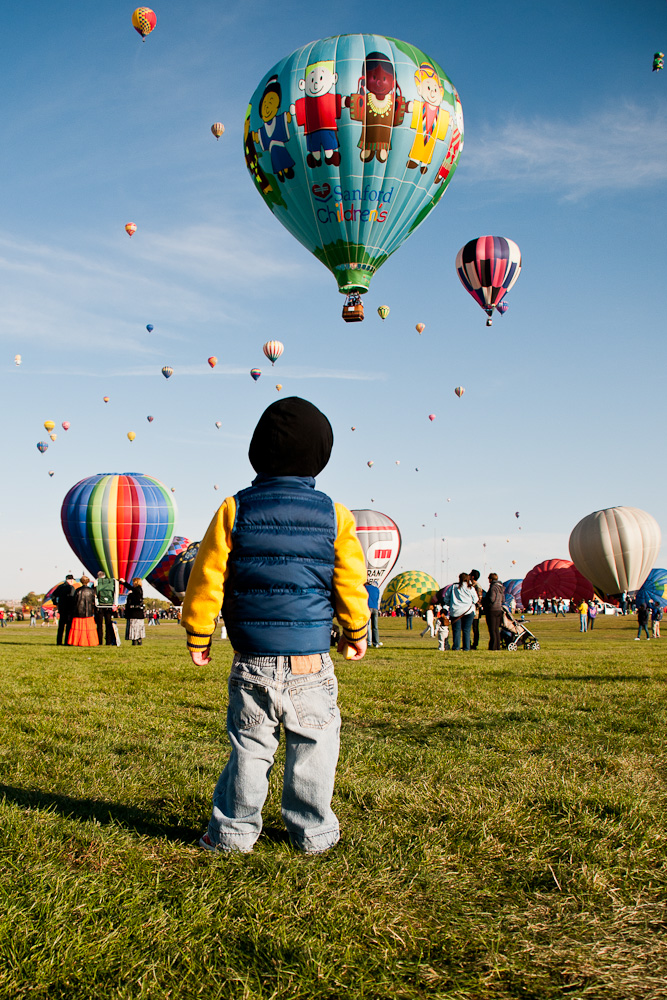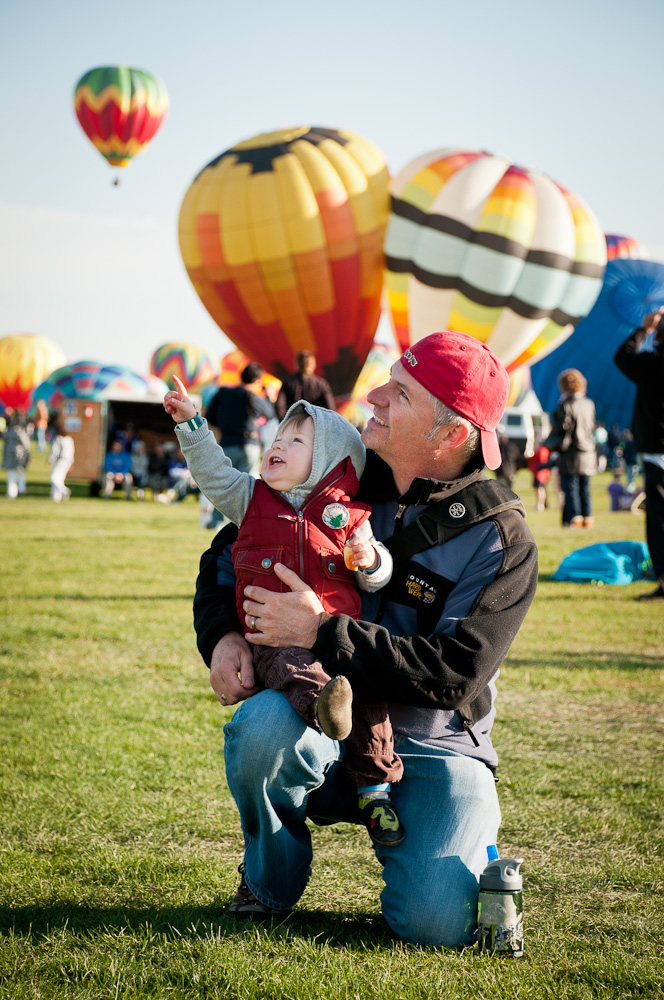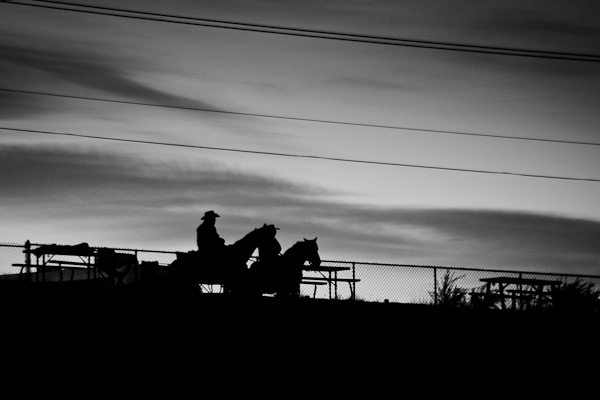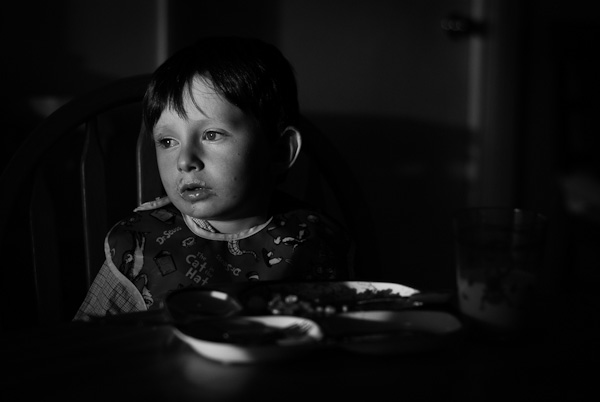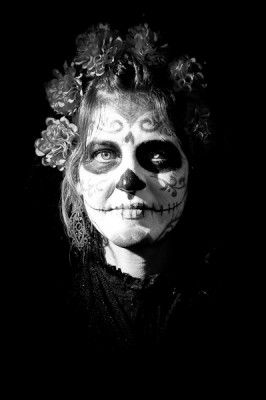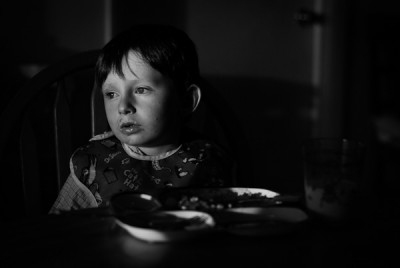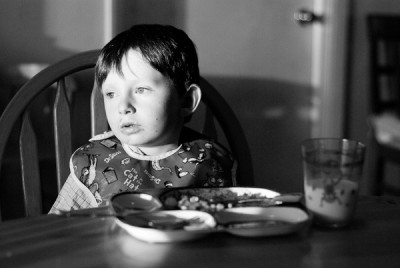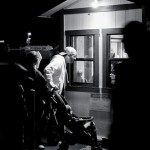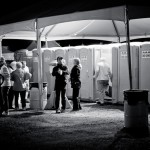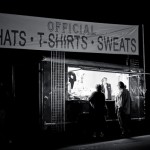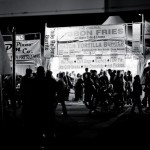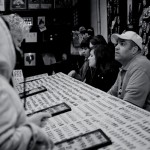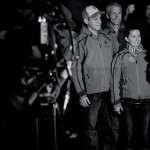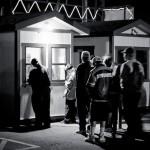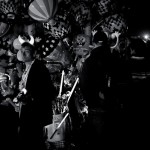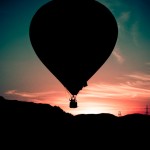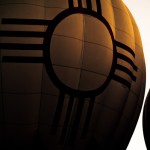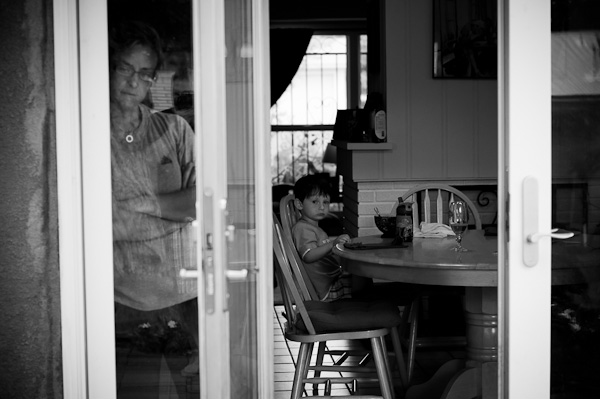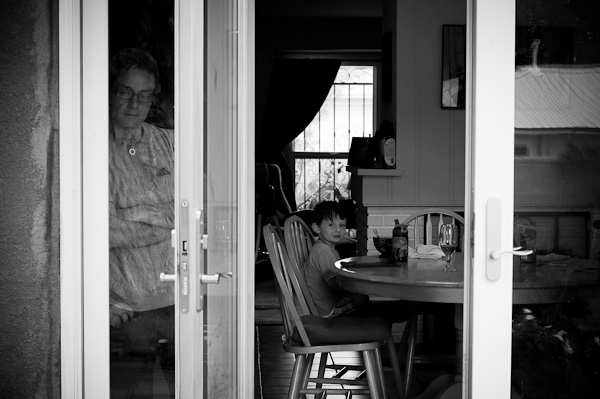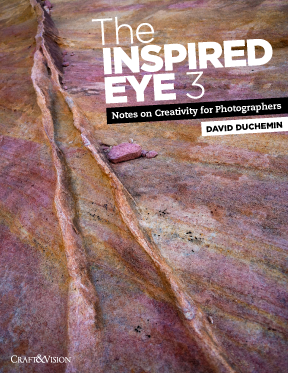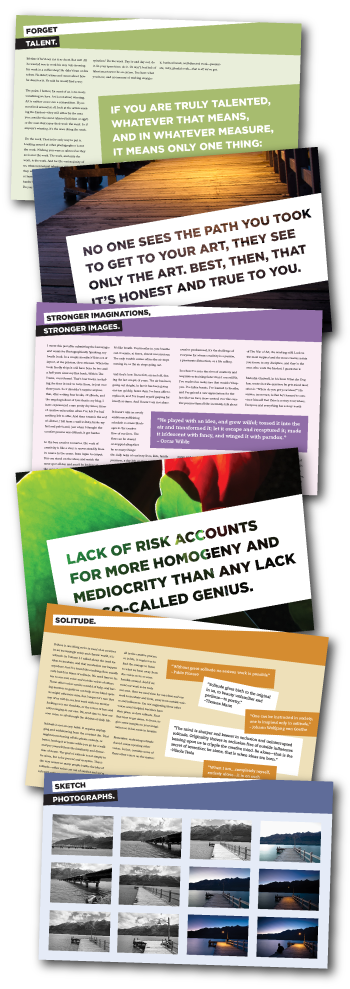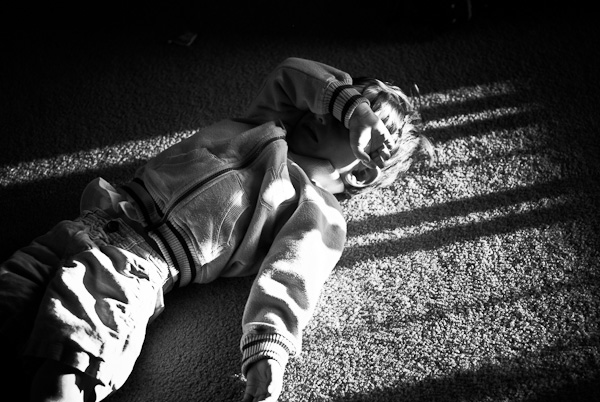 I watched a TED.com video a while ago. It was recommended by David duChemin in an article when he was talking about how to stop trying to sell through social media and rather attempt to connect with others. I usually try to follow David’s recommendations because, to me, he feels really connected. He feels connected to his readership and students; he feels connected to the photographic world at large through his social media outlets; he feels connected to the people he photographs for NGO organizations. But mostly I imagine him to be connected with himself, his life, and how life is.
I watched a TED.com video a while ago. It was recommended by David duChemin in an article when he was talking about how to stop trying to sell through social media and rather attempt to connect with others. I usually try to follow David’s recommendations because, to me, he feels really connected. He feels connected to his readership and students; he feels connected to the photographic world at large through his social media outlets; he feels connected to the people he photographs for NGO organizations. But mostly I imagine him to be connected with himself, his life, and how life is.
Why do I imagine this? Well, it comes from something Brene Brown mentioned in that TED.com talk (see below for the embeded video). During her talk she mentioned that joy, happiness, contentment, comes from feeling connected with others; feeling as if we matter to another; that we belong and have a place in the world. And, she makes the point that to feel connected with others and with ourselves we need to be able to tolerate being vulnerable.
Now, vulnerability, as I see it, is tied to some very strong emotions, the strongest among them being fear, but also involving anxiety and shame. These are challenging emotions for many and our mental health hospitals and counseling offices are filled with people attempting to come to terms with them. (I know, my day job is in the mental health field and I deal with these emotions in others and in myself on a daily basis.)
What does all this have to do with the creative process? Well, that also comes from something Brene Brown mentioned in the video: Life is messy. Life does not go according to plan; others fail to live up to our expectations; the world betrays us at times; things are unfair; we are crippled by our own fears and doubts. Often times life just lines up according to its own-maddening-set of rules and we are often left feeling as if we weren’t given a playbook-let alone a rule book. As a result, living, and being creative, requires a large measure of courage. Courage to face our creative process in all its messiness. Courage to try things that don’t seem easy and have a high failure rate. We require the courage to be vulnerable in the face of those that would criticize our work and our efforts; the courage to dive into a creative endeavor without the promise of success at any step along the way.
And yet it is necessary, this thing called vulnerability. It is a necessary step in the creative process; it is a necessary step in connecting with others; and it is a necessary step in coming to terms with living this human life contentedly, happily, joyfully. It is a necessary part of the process in creating anything really: from new business venture to creative scrapbook, from professional power-point presentation to your wedding photobook. We throw ourselves headlong into the abyss of the unknown future with little more than a blind faith that we will be alright in the end. This is vulnerability and we are swimming in a sea of it called living. We do not create anything new by playing it safe.
So, what do you want to create? One image? A dozen? A series? A book? A canvas? An ebook perhaps? Some stock images? Do you want to create a photographic business? Do you want to create a notebook to give to others? Or perhaps a calendar? All of these involve risk: the risk of being rejected, hurt, embarrassed. All of these can also include the risk of being successful. And yet, there it is. That is what we must face.

